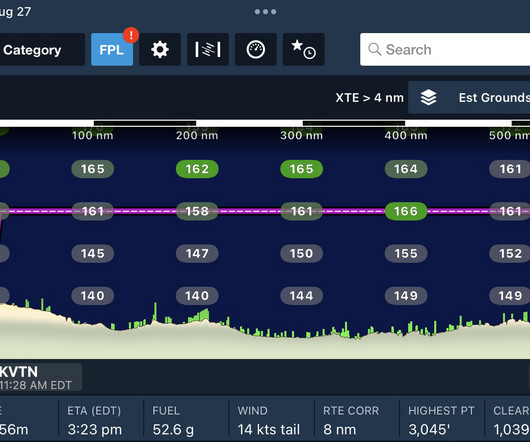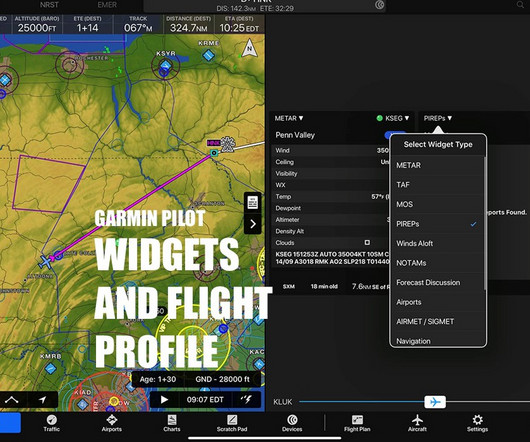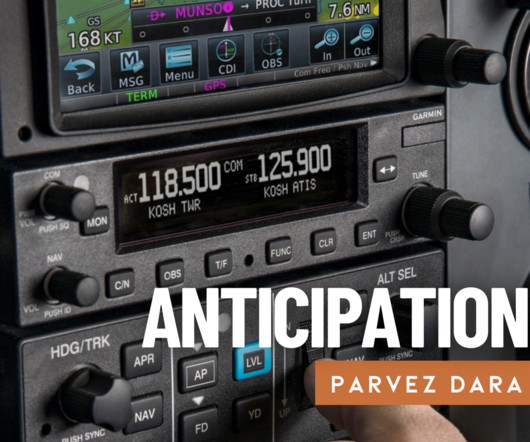ForeFlight improves flight planning in latest update
iPad Pilot News
AUGUST 27, 2024
This includes improvements to the flight planning controls on the Maps screen, support for Civil Twilight, visual depiction of headwind/tailwind and groundspeed in the Map profile view, additional hazard altitude options, new VFR charts for North Africa Japan, and support for additional jet models in the Runway Analysis product.












Let's personalize your content